Homeowner Newsletter, Winter/Spring 2023
©2023 Jeffrey C. May
I got into the indoor air quality (IAQ) field after our son was hospitalized for five days due to a severe asthma attack. At the time, I was a general contractor, but I also have an advanced degree in organic chemistry and have taught physics, chemistry, biology, and microscopy. When the hospital discharged our son, we were told he had to be on a regimen of a lot of medication to control his asthma. I decided then to examine the conditions in our home to see if I could figure out what might have triggered his symptoms. What I found and the steps we took to rid our home of allergens changed the way we lived, improved our son’s health, and sent me on a new professional path to become an IAQ professional. That personal experience and the experiences I’ve had over the more than 25 years I’ve been an IAQ investigator have convinced me that improving indoor environmental conditions can lead to better health.
Some of the steps that can be taken to attain cleaner indoor air can be expensive, like replacing a heating/cooling system or ripping out a finished basement. But some steps can be relatively easy to take and don’t involve a lot of effort or expense. In this column, I’m going to discuss some of those easier-to-take and more economical steps.
1. Wash clothing and bedding in hot water and/or turn on your dryer to a hot setting when drying such materials. This can kill dust mites (one of the major triggers for asthma and allergy symptoms worldwide), as well as denature many allergens.
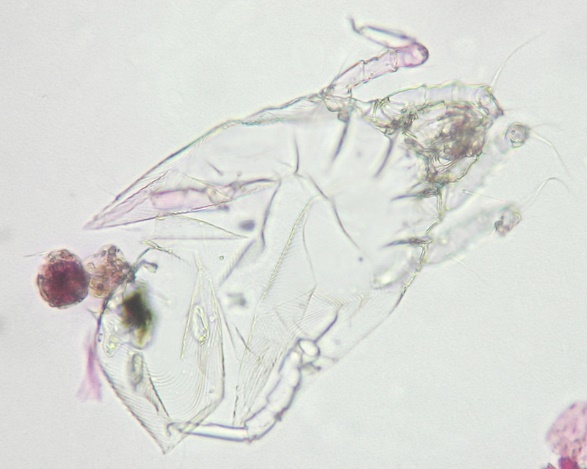
2. Don’t forget to wash your pet’s bed. Many of these can’t be washed, though, so it’s preferable to use a blanket for your beloved cat or dog, and to wash the blanket on a regular basis.
3. Don’t use laundry detergents that contain enzymes, which include “stain lifters,” subtilisin, and anything ending in “ase” such as protease and amylase. The bacterial enzymes are chemically similar to the enzymes that molds produce. Unless you set your washing machine on a hot-water cycle or dry laundry in a hot dryer, enzyme material remains in the fabric. Then you are exposed to the enzymes in the clothing you wear and the bedding you sleep in. While these products don’t bother most people, many of our clients who are sensitized to mold report that they experience respiratory symptoms, sinusitis, and even fatigue when using such laundry products.
4. Be sure that your dryer hose is intact and is venting to the exterior. If there is lint behind your dryer, the hose may be loose. A lot of moisture can be introduced into your home if the dryer hose is venting to the interior. That moisture can lead to condensation and mold growth on cool surfaces. And lint contains chemicals from laundry detergents; sometimes those chemicals (such as fragrances) can be irritating to people who are sensitized.
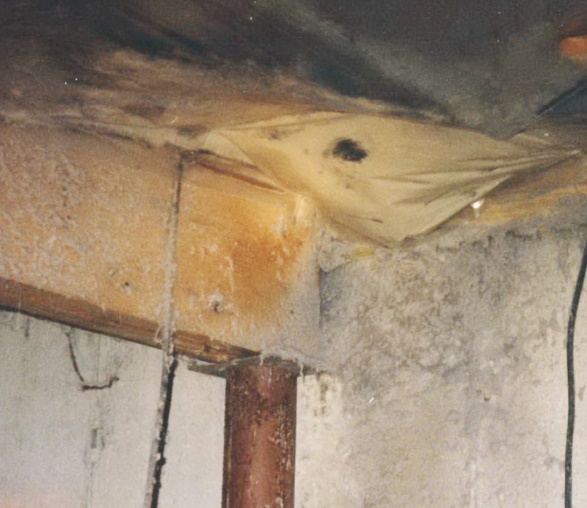
5. If you sit down for extended periods of time – whether working, watching television, or reading – use a vinyl- or leather-covered chair or couch. Such pieces of furniture are not as conducive to acquiring dust-mite infestations as fabric-covered furniture pieces can be.
6. Kitchen-cabinet kick spaces collect dust and when dampened by floor mopping can become moldy. Clean your kick spaces as needed. If you see specs of mold, you can wipe the surfaces with a dilute bleach solution (one part bleach to 16 to 18 parts water) or with any suitable cleaning agent.
7. Use a vacuum with a HEPA (high efficiency particulate arrestance) filter, because conventional vacuums can emit particles in the exhaust stream. Be sure that the vacuum has a bag; otherwise, when you empty the canister, dust that you already vacuumed up can become airborne again and settle back down onto surfaces. If you hire outside cleaners, insist they use your vacuum cleaner and not their own, because otherwise dust containing mold spores and pet-dander particles sucked up in another house can be exhausted into your own home.
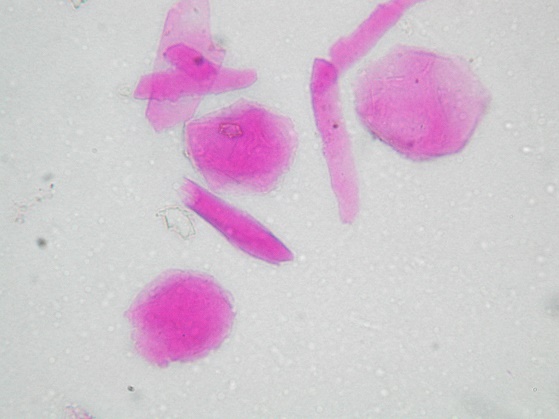
8. Don’t burn jar candles, which produce soot particles that not only stain walls and ceilings but that are also unhealthy to inhale.
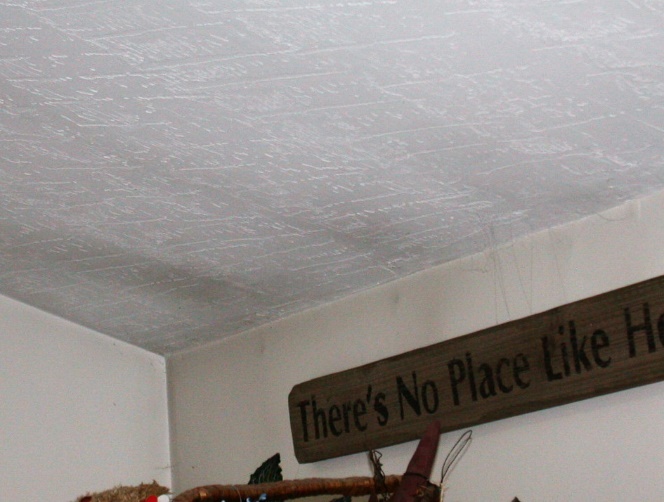
9. Avoid using fragranced cleaning and body products as well as plug-in fragrance emitters. Though fragrances may smell pleasant, they add to the chemical load of indoor air.
Anne Steinemann, Professor of Civil Engineering at the University of Melbourne, Australia, authored a study titled “Volatile Organic Emissions from Common Consumer Products,” Air Quality, Atmosphere & Health, March 2015, http://link.springer.com. The study found that 37 common products, “including air fresheners, laundry products, cleaners, and personal care products” contained 156 volatile organic compounds (VOCs). “…knowledge of product composition can be an important step to understand, assess, and reduce potential exposures …”
10. If you are coughing, wheezing, or experiencing a runny nose when you are at home and feel better when you are in another indoor space, keep a journal of your symptoms. What are you experiencing? When are you experiencing it? What is going on around you when you cough or wheeze? Such information may help you figure out the potential sources of the IAQ problems you are dealing with.
Case study: I used to cough at random times in my kitchen. One day I realized that whenever I started coughing, the refrigerator compressor was running. I looked in the refrigerator’s drip pan (at the bottom of older models and in back behind a panel in newer models) and saw a pearl onion covered with green mold sitting in a pan full of water! When the compressor fan was running, air was blown over that pan, and mold spores were being aerosolized. I have mold allergy and was reacting to the spores. I cleaned out the pan and voila! Problem solved. Since then we have had several clients whose allergy symptoms disappeared after they cleaned their refrigerators’ coils and pans.
To end this article, I’m going to quote the last few sentences of the closing remarks from our latest book on IAQ, My House is Killing Me! A Complete Guide to a Healthier Indoor Environment: “Don’t be like that woman who said on our voicemail, ‘My house is killing me!’ Trust and believe in yourself. Make the effort and begin to take charge.”
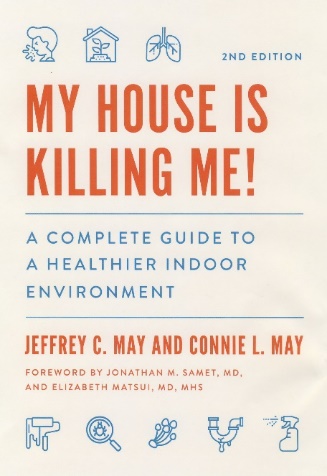
Our five books on IAQ are published by Johns Hopkins University Press, are available on line, and contain many practical recommendations for steps you can take to maintain cleaner indoor air.
Unless otherwise indicated, the photographs and micrographs in this article belong to May Indoor Air Investigations LLC and cannot be used without permission.
